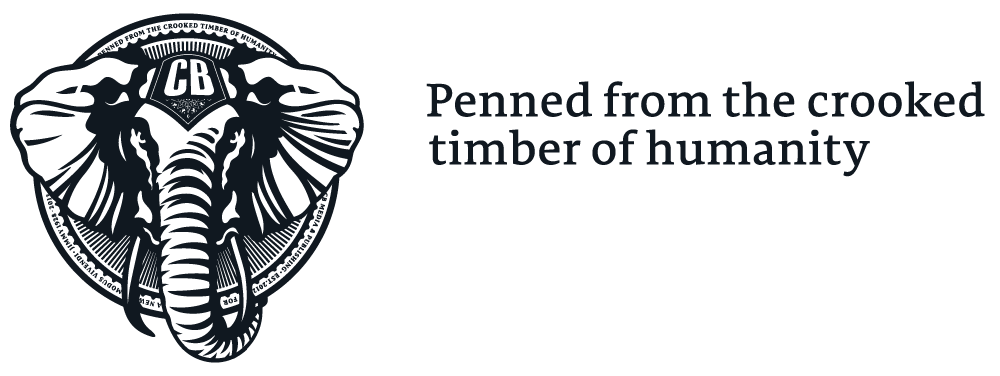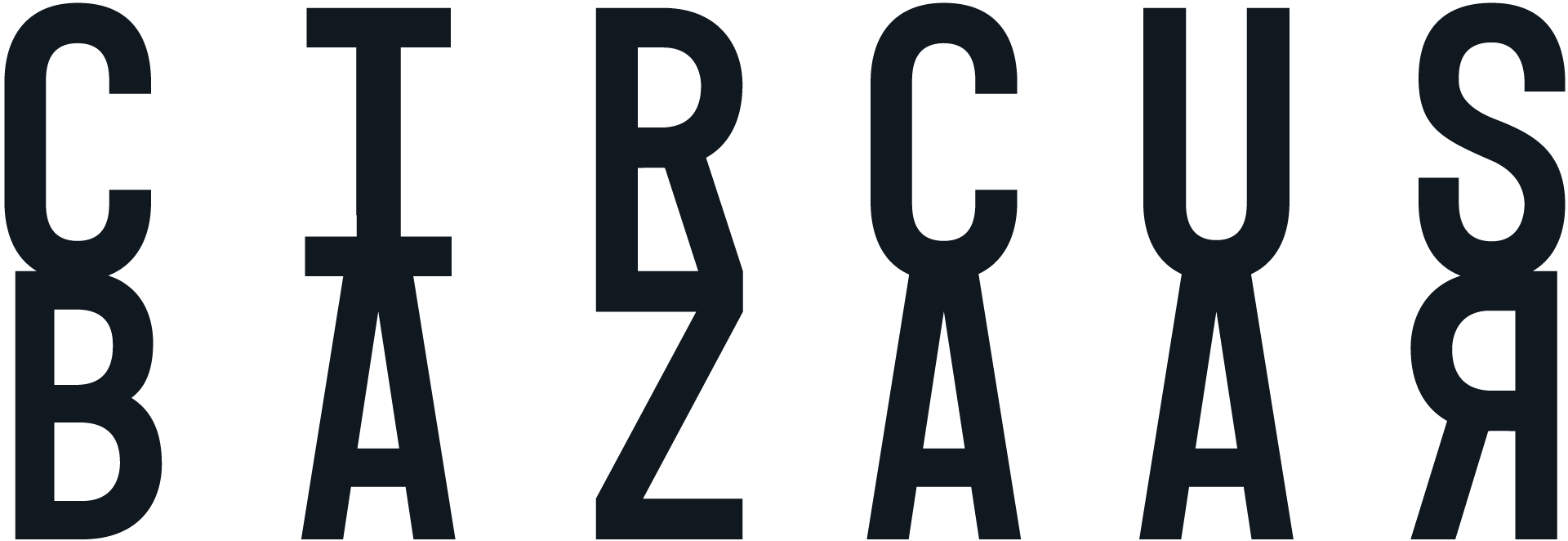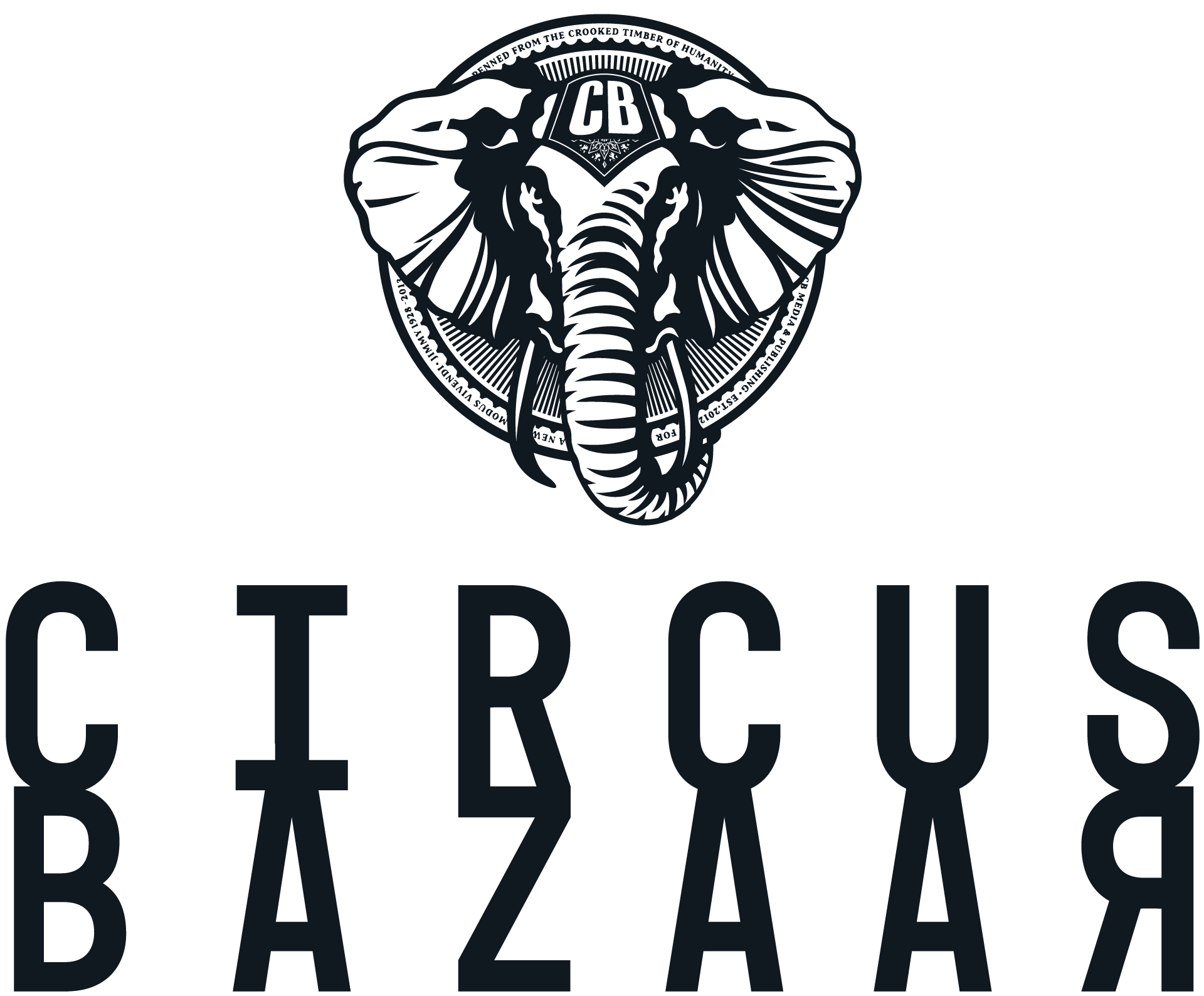
Introducing Konstantin “The One” Lesnik. A fully equipped, fully functional and proven dream seeker. He also has a sweet left hook!
As this article is being written he is no doubt soon to be waking up in Las Vegas USA and preparing to spend many hours training at what is arguably the worlds most celebrated boxing gym. But how did this young Norwegian amateur Boxer who is originally from Almaty, Kazakhstan, find his way to be spending his days surrounded by boxing royalty at the Mayweather Boxing Club and why is this so interesting?
To the unenlightened few, the name Mayweather may simply ring of spring, but to the rest it will will be synonymous with the highest paid athlete on earth, at the very least the greatest boxer of his generation and of course the kind of superstardom that comes only with being spoken of in the same sentences as Leonard, Jones, Tyson and of course Ali.
[pullquote] “My name is Konstantin Lesnik and I was born in Almaty, Kazakhstan. I came to Norway with my mother and brother when I was 7 years old. Basically i´m just a young person who is striving for my own dreams.”
– Konstantin Lesnik[/pullquote]
Floyd Mayweather Jr is currently the most renouned Boxer on the planet and the legitimate face of Boxing. He is a five weight division, undefeated, eight time world champion and is generally accepted as the raining pound for pound king. His blood line is also synonymous with Boxing greatness with his father Floyd Mayweather Sr being a former welter weight contender who fought the great Sugar Ray Leonard. Both his Uncles, “Roger and Jeff Mayweather” are also well known names with Roger being a former two time world champion. The Mayweather family roles thick with both Floyd Sr and Roger having taken turns over the years as Floyds head trainer.
With an existing policy of “no endorsements” this crew of once struggling African Americans from Grand Rapids Michigan have turned the sports business model on its head and reinvested everything from promotion to sponsorship back into the family name. Rather than being used as a walking billboard for other people brands and having his career being dictated by a Don King, Floyd Mayweather insist on being as dominant in the business world as he has been in the ring. His fans are not wearing Air Mayweather’s but are strutting the Money Team logo (TMT), slinging street jive like “Money Power Respect” and dreaming of course to be a part of the “Money Team” its self.
Its no wonder then that the Mayweather Family Brand with its rags to riches street heritage and fierce refusal to take punishment in or outside the ring is also attracting a legion of fans that see the universality of this message.
It is here that it becomes obvious that armed with this inspiration that “all things are possible”, Konstantin, a first generation immigrant from humble beginnings not only retains but also shares some of these same emotional parameters. Its this that has paved the way for him to essentially grab hold of a his dreams and “Carpe Diem”. When we came to know that this young Boxer from Oslo, Norway was in actually in the USA learning the sweet science from the undisputed masters of the game it was time to act. We took our chance to have a chat with the man him self. See below.
Konstantin hitting the heavy bag at Mayweather Boxing Club
Ok Konstantin, tell us a little bit about yourself. Who are you and where you come from?
My name is Konstantin Lesnik and I was born in Almaty, Kazakhstan. I came to Norway with my mother and brother when i was 7 years old. Basically i´m just a young person who is striving for my own dreams.

Why did you and your mum move over to Norway?
We moved to Norway because of possibilities in the future. If we would have stayed in Kazakhstan we would definitely have had no future since we are from a very poor family. I am the first one in my family from both sides to go to USA and to do this kind of thing. I don’t know what I would do if I still lived there. Probably either dead, selling drugs or working for smallest amount of money.
When did you start boxing and have you fought recently?
I started kickboxing and boxing when I was 12-13 years old. I haven´t fought in a little while since I had my complete focus on getting to USA as soon as possible, so I just trained hard everyday and worked so I could save money.

So how did you end up training at Mayweather boxing camp?
Well really, when I first decided to start training at Mayweather Boxing Club it just felt right obviously because Floyd Mayweather Jr. is my favourite Boxer. So I flew to Las Vegas, USA. It was a gamble for me because the gym is very private and not open to the public because of it´s fame and hype. So the first day I came to Las Vegas I just decided to run to the gym and it was when Floyd had his training camp for Canelo. And when I got there I met one of Floyd´s bodyguards and his cousin Dejuan. It was very surreal for me and exiting, so I asked Dejuan if I could start training with them and surround myself around them, and he respected me for flying all the way from Europe to USA, so he said that I could begin training with them. And then my training began there. I´ve seen Floyd Jr. a couple of times but he is a really busy man, you don´t see him so often.
So what is your schedule?
My schedule is very basic and easy: The gym is open from 12pm-5pm monday-saturday. It´s all up to me when I come there as long as I get a hard workout but sometimes I train from 12pm-4pm straight and other days I train 1pm-5pm. So it´s 4 hours straight with hard sparring, bag-work, strength and conditioning training and mitt work. When Floyd Jr. has a training camp it´s completely something else. Normally the gym is not overcrowded because it´s private but when Floyd trains and has open days for public to come, its really packed and no one else is allowed to train at that time. He can train for 3-5 hours straight or just 2 hours but always 3 times a day. You never know when he will train though. It could be at night or morning, you never know.
And you spending any time with Floyd Sr?
Oh yeah, I meet Floyd Sr. everyday at the gym and we talk and have some fun when we are resting after or before training. He is part of my normal day now. He is an really humble and down-to-earth person in my opinion and he is a legend for sure. And he teaches me sometimes as well.
So you had some time on the pads with him?
Yeah, he is very expensive as a trainer and normally he trains only professionals who are in The Money Team and Mayweather Promotions, but I had one mitt session with him and one with Roger Mayweather.
But Konstantin … why didn´t you go train with Freddie Roach?
Floyd Mayweather Sr. has the answer in the poem (below) and because Floyd Mayweather Jr is the best fighter from the best gym. If you want to be best you have to train with the best.
Floyd Mayweather Sr with a message to Freddie Roach
So you pick up the shoulder roll and some other Mayweather defence tricks?
Definitely the shoulder roll, I can say my boxing style has changed a lot since I came to the gym. I learned the professional Mayweather boxing style, which is to hit and not get hit… and the shoulder roll is part of my style now.
What does the future hold for Konstantin the one?
Well, my plan now is to head back to Norway and consider what I do next, I really want to move down to Las Vegas and become a official part of The Money Team, and I know the people so I had a talk with them about it, and in that case they want me to come back and stay there so they can train me and go professional. But there are fighters coming from everywhere and their all trying to get into the Money Team so they only sign professional fighters. So I am going to consider making a pro debut after a couple of more amateur fights in Norway, and when I am already a pro I can move down to USA, and get signed.
If we look longer in the future, Konstantin “The One” is soon to be the next champion of the world!




















